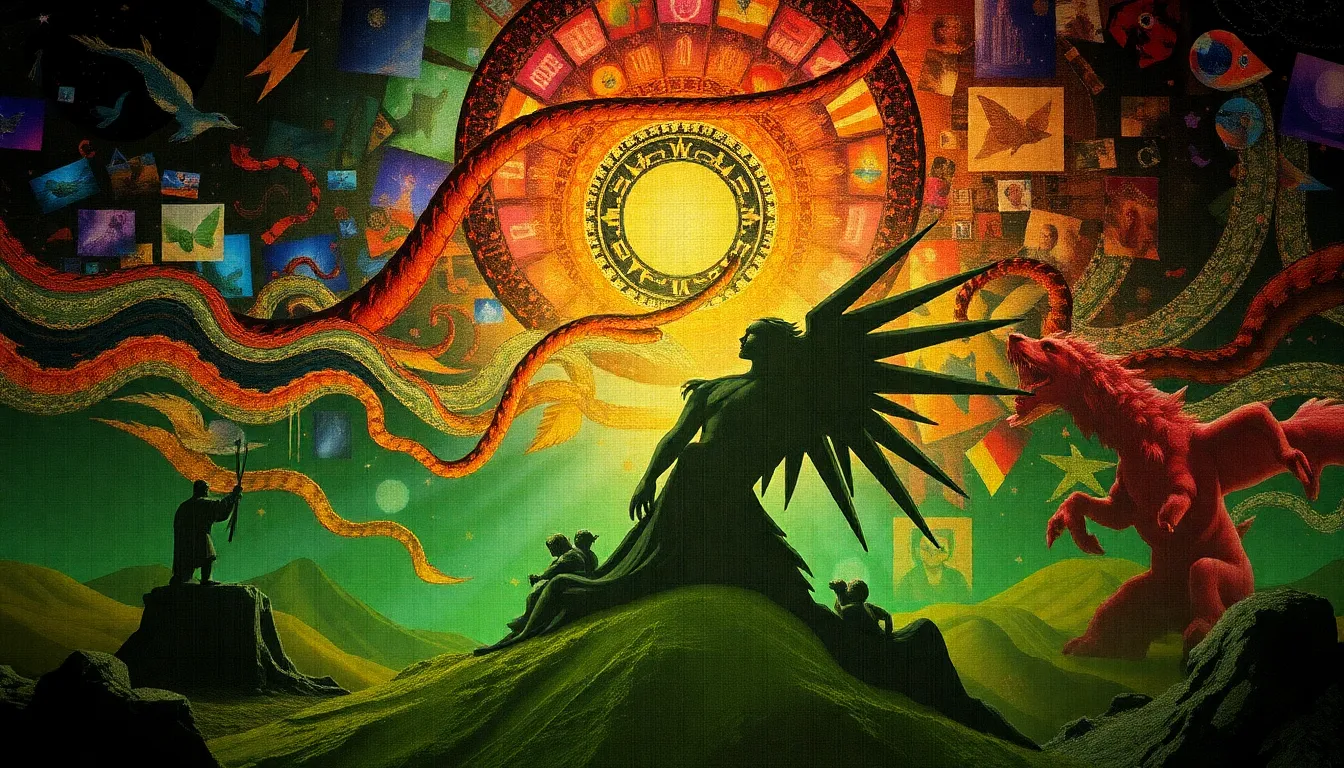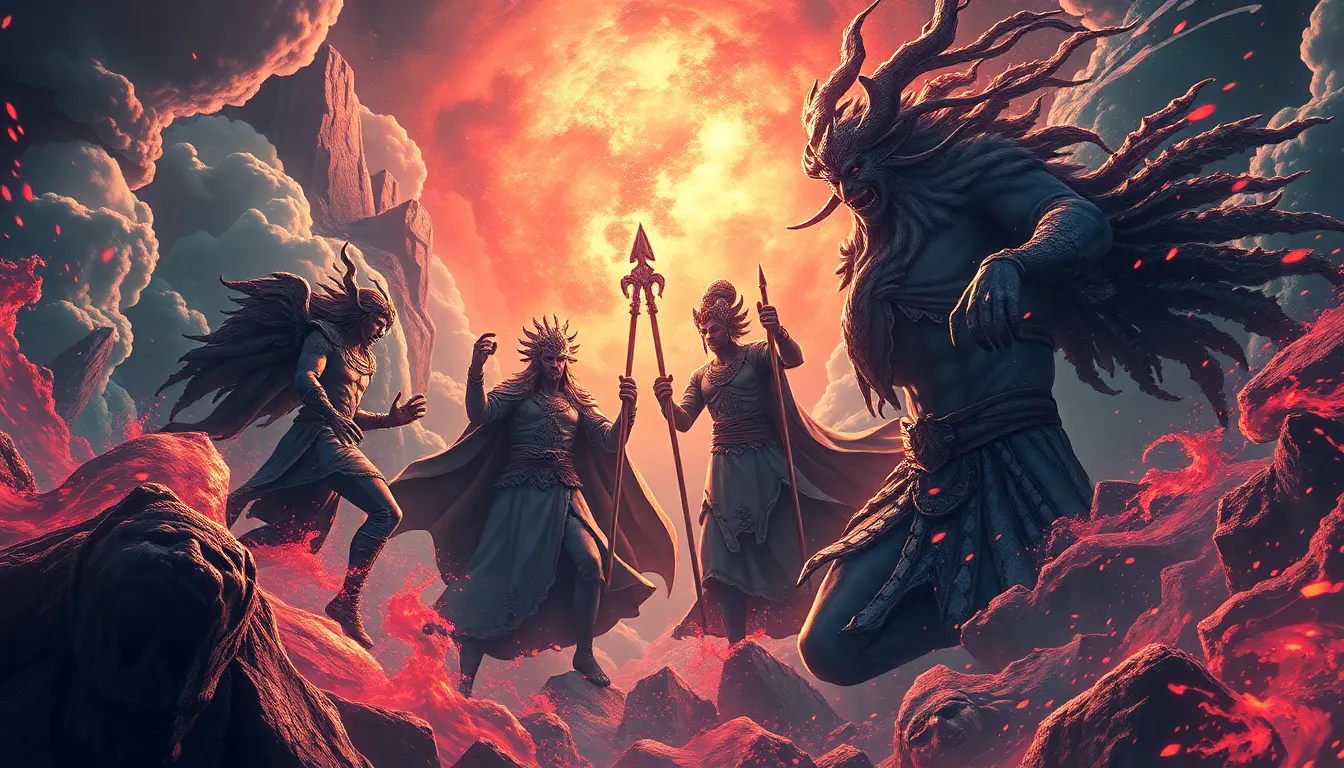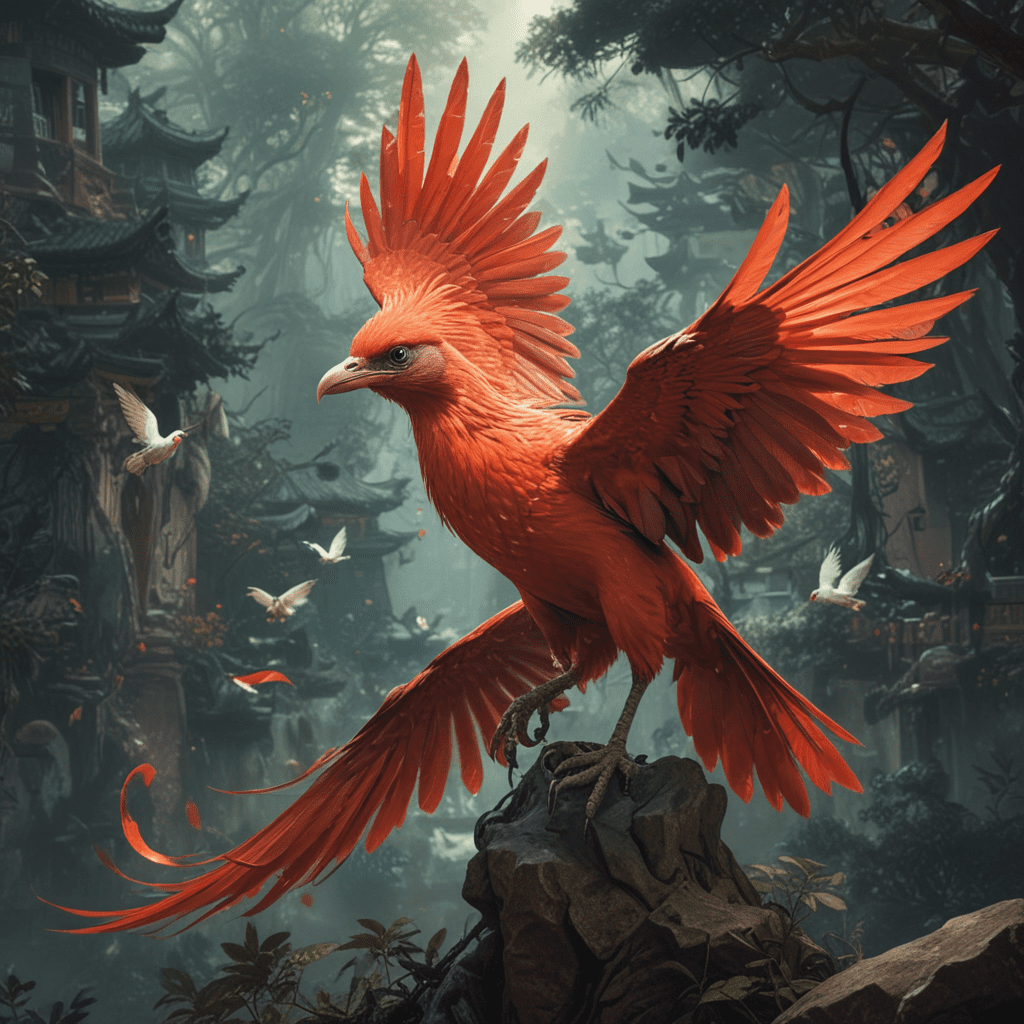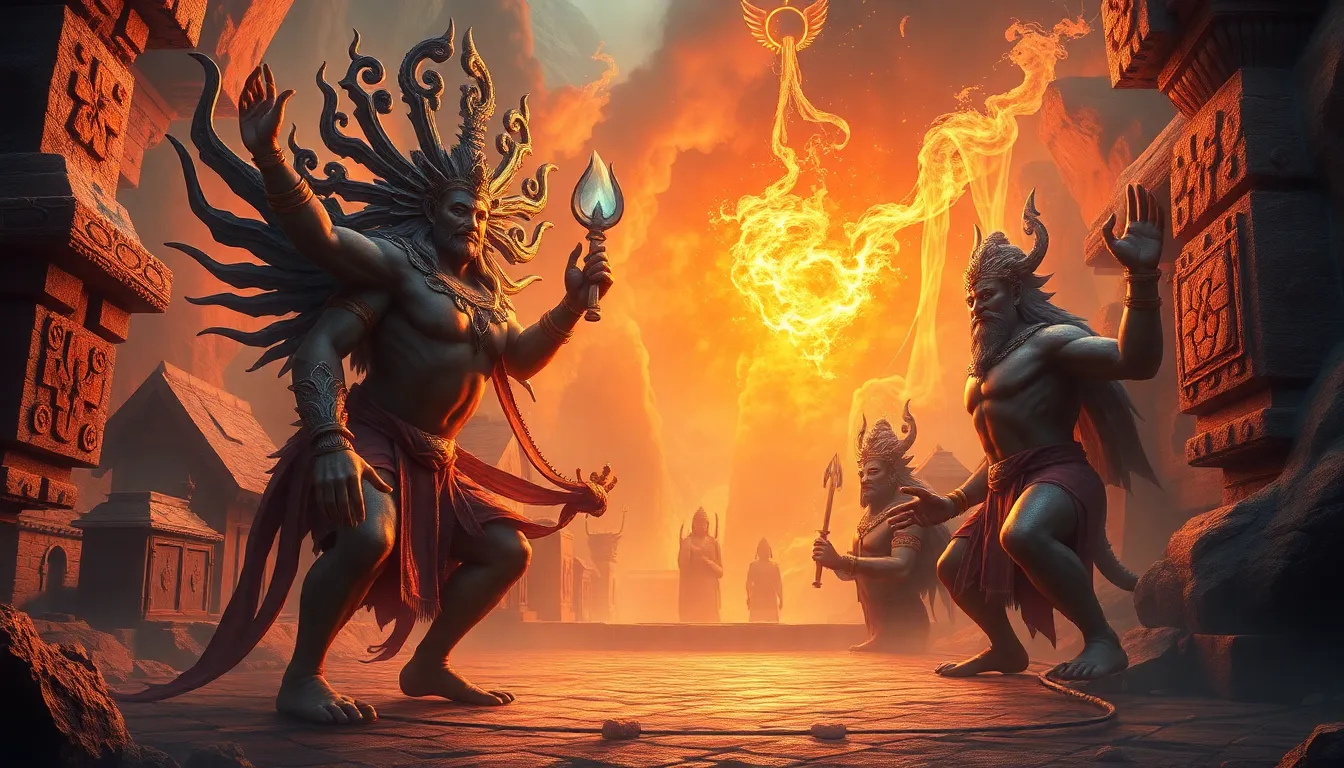The Mythical Tapestry: Weaving Transformations Through Time
I. Introduction to the Concept of Mythical Tapestry
The term “Mythical Tapestry” evokes an image of intricate, interconnected narratives that span cultures and epochs. It suggests a fabric woven not just with threads, but with the very essence of human experience, mythology, and history.
Weaving, as a craft, has played a critical role in numerous cultural narratives, serving as a medium through which stories are told, identities are formed, and legacies are preserved. This article explores the multifaceted world of tapestries, examining their historical significance, symbolism, and the transformative power they hold across time.
II. Historical Context of Tapestry Weaving
Tapestry weaving boasts a rich history that traces back to ancient civilizations, where it served both practical and decorative purposes.
A. Origins of tapestry weaving in ancient civilizations
The earliest known tapestries emerged in regions such as the Near East and China, where skilled artisans wove fabrics not only for garments but also for ceremonial and decorative use. Tapestries often depicted significant events or deities, reflecting the values and beliefs of the society.
B. The evolution of weaving techniques through time
Over centuries, tapestry weaving techniques evolved significantly. From simple looms to complex weaving methods, artisans developed a variety of styles, including:
- Flat weaving
- Pile weaving
- Jacquard weaving
C. The role of tapestries in storytelling and historical documentation
Tapestries served as visual narratives, capturing historical events, legends, and cultural practices. They were often displayed in public spaces, allowing communities to connect with their heritage.
III. Symbolism and Meaning in Tapestries
Tapestries are rich with symbolism and meaning, often reflecting the social, political, and spiritual contexts of their time.
A. Common motifs and symbols found in historical tapestries
Many tapestries feature recurring motifs such as:
- Animals – symbolizing various traits or cultural beliefs
- Mythological figures – representing stories from folklore
- Floral designs – often signifying prosperity and beauty
B. Interpretation of colors and patterns in mythological contexts
Colors and patterns in tapestries are not merely decorative; they carry profound meanings. For instance, blue may symbolize divinity, while red could represent passion or power. Understanding these interpretations can deepen our appreciation of the artwork.
C. Case studies of significant tapestries and their narratives
Famous examples include:
- The Bayeux Tapestry – depicting the Norman Conquest of England
- The Unicorn Tapestries – rich in symbolism related to purity and love
- The Lady and the Unicorn – exploring themes of sensuality and the senses
IV. The Intersection of Myth and Reality in Tapestry Art
Tapestries often serve as a bridge between myth and reality, capturing the essence of both in their woven narratives.
A. Exploration of myths represented in various cultural tapestries
Many cultures use tapestries to depict their myths. For example, Norse mythology is often illustrated through intricate designs that tell stories of gods and heroes.
B. How real events are immortalized through woven narratives
Real historical events find representation in tapestries, preserving the memory of significant moments. The Battle of Hastings, for instance, is immortalized in the Bayeux Tapestry, providing insights into medieval life.
C. The impact of folklore on weaving traditions
Folklore not only inspires the themes depicted in tapestries but also influences the techniques and styles of weaving, resulting in a rich tapestry of cultural expression.
V. Transformations in Tapestry Weaving Techniques
The craft of tapestry weaving continues to evolve, merging traditional methods with modern innovations.
A. Traditional techniques vs. modern innovations
While traditional hand-weaving techniques remain valued, modern technology has introduced new possibilities, such as digital weaving and mechanized looms.
B. The influence of technology on tapestry production
Advancements in technology have streamlined production, allowing for greater precision and complexity in designs, while also making tapestries more accessible to a broader audience.
C. The resurgence of interest in artisanal weaving practices
Despite technological advances, there is a growing movement towards artisanal practices, with artists reviving ancient techniques and emphasizing the handmade aspect of tapestry creation.
VI. Tapestries as Cultural Identity and Heritage
Tapestries play a crucial role in defining and preserving cultural identities across generations.
A. The role of tapestries in defining cultural identities
Each region often has its unique tapestry styles that reflect its cultural identity, providing a sense of belonging and continuity.
B. Tapestries as tools for preserving heritage and traditions
By depicting traditional stories and practices, tapestries serve as vital records of a culture’s heritage.
C. Examples of contemporary artists reviving traditional motifs
Modern artists are increasingly drawing inspiration from traditional motifs, creating works that resonate with contemporary audiences while honoring their cultural roots.
VII. The Tapestry in Literature and Art
Tapestries have not only influenced visual arts but have also found their place in literature and poetry.
A. Representation of tapestries in literature and poetry
Writers often use tapestries as metaphors for complex narratives, weaving together different threads of storylines.
B. Influence of tapestry art on renowned painters and visual artists
Artists such as Picasso and Braque drew inspiration from tapestry art, integrating its rich textures and forms into their works.
C. The metaphorical use of tapestry in narrative structures
The concept of weaving is frequently employed in storytelling, symbolizing the interconnectedness of characters and plots.
VIII. The Global Tapestry: Cross-Cultural Influences
Tapestry traditions are not confined to a single culture but exhibit a fascinating array of cross-cultural influences.
A. Comparative analysis of tapestry traditions worldwide
From the Persian carpets to the Flemish tapestries, each culture brings its unique motifs and methods to the art of weaving.
B. The exchange of techniques and stories across cultures
Trade routes and cultural exchanges have led to the sharing of weaving techniques and designs, enriching the global tapestry landscape.
C. The impact of globalization on tapestry arts
Globalization has facilitated the exchange of ideas and techniques, leading to innovative fusions of styles and the emergence of new narrative forms.
IX. Contemporary Interpretations and Future Directions
The future of tapestry weaving is bright, with modern artists exploring new themes and techniques.
A. Modern artists reinterpreting traditional tapestry themes
Contemporary artists are revisiting traditional themes, reimagining them through a modern lens, and addressing current social issues.
B. The role of social justice and activism in contemporary tapestry art
Tapestries are increasingly being used as platforms for social commentary, with artists using their work to advocate for justice and change.
C. Future trends in tapestry weaving and its cultural relevance
As the world evolves, so too will tapestry art, with potential trends including sustainable practices and the integration of digital technology into traditional weaving.
X. Conclusion: The Enduring
The art of tapestry weaving is a powerful expression of human creativity and cultural identity. Through its intricate designs and rich narratives, the mythical tapestry continues to weave together the threads of our past, present, and future. As we explore this art form, we uncover not just beautiful works but profound connections to our shared humanity.



